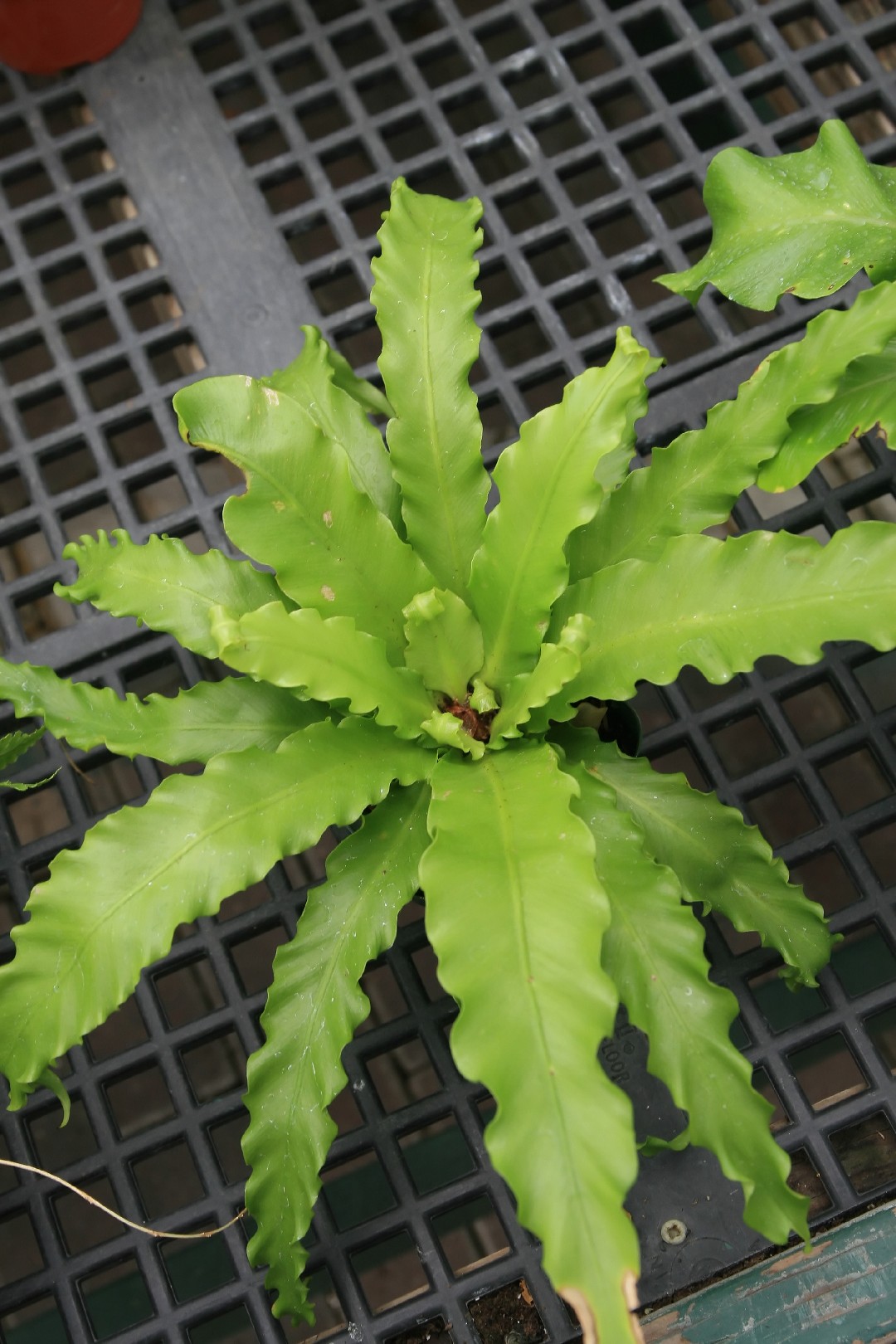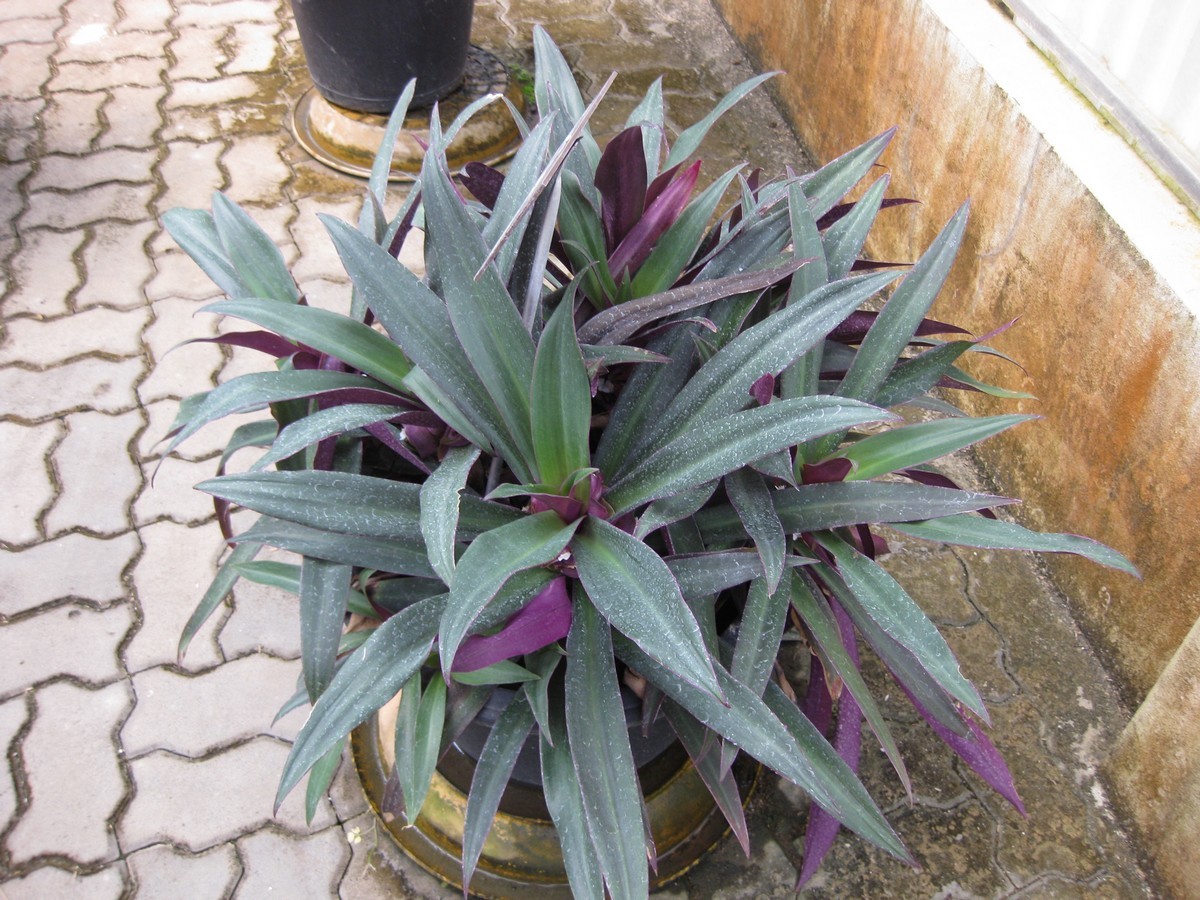Introduction: Creating a Safe and Serene Environment by Preventing Bird Nests

Birds bring joy and liveliness to our surroundings, but when they build nests in inconvenient locations, it can lead to significant problems. From property damage to health hazards and noise disturbances, bird nests require proactive prevention measures.
In this comprehensive blog post, we will explore the importance of preventing bird nests and provide practical solutions for a safe and serene environment. By recognizing the signs of a potential bird nest, deterring birds from nesting, addressing existing nests, and implementing long-term prevention, you can effectively safeguard your property.
Recognizing the Signs of a Potential Bird Nest
![]()
Identifying signs of a potential bird nest is crucial. Bird droppings, feathers, and scattered twigs indicate nearby nest construction. By recognizing these signs early on, you can take prompt action to deter birds from inconvenient locations.
Deterring Birds from Nesting

Knowing how to deter birds from nesting is essential. Our blog post will provide effective methods such as installing deterrents (netting and spikes) and maintaining a clean outdoor environment to reduce nesting materials.
Addressing Existing Nests
If you already have a bird nest, don’t worry. Our blog post will guide you through safely removing it, emphasizing the use of protective gear and following local regulations.
Tips for Long-Term Prevention

Preventing bird nests requires long-term measures. We will share valuable tips on discouraging birds from nesting, including removing water sources, using repellents, and creating an unappealing environment.
Bonus Tip: Remembering the Key Points
To remember the main takeaways, we will conclude with a bonus tip. Let’s dive in and discover the best strategies to prevent bird nests and create a harmonious living space.
Recognizing the Signs of a Potential Bird Nest
Birds instinctively build nests, and recognizing signs of a potential nest is crucial for preventive measures. Pay attention to these indicators to identify likely nesting areas.
Bird Droppings
Presence of bird droppings suggests frequenting and potential nest construction nearby. Look for small droppings on windowsills, ledges, rooftops, or outdoor furniture.
Feathers
Feathers are insulation material for nests. A significant concentration of feathers indicates nest construction or use. Keep an eye out for feathers on the ground, in bushes, or stuck to surfaces.
Twigs and Nesting Materials

Accumulation of twigs, branches, grass, or leaves in a specific area indicates nest construction. Look for piles of materials in trees, shrubs, or nooks where birds may build nests.
Nest Structure
Spotting an actual nest confirms an established nesting site. Nests vary in size, shape, and location. They are constructed using twigs, grass, mud, and other materials.
By familiarizing yourself with these signs, you can proactively identify potential nesting areas. Early detection allows for timely intervention. In the following sections, we will explore deterrent strategies, address existing nests, and safely remove them.
Deterring Birds from Nesting
Birds nesting in unwanted areas can cause various issues, including property damage, noise, and health hazards. Fortunately, there are effective methods to deter birds from nesting and minimize these problems. By implementing the following strategies, you can create an environment that discourages birds from choosing your property as their nesting site.
Installing Deterrents
One efficient approach to prevent birds from nesting is installing deterrents. Bird netting, a widely used deterrent, acts as a physical barrier. Made of mesh or netting material, it can be placed over areas where birds commonly nest, such as eaves, balconies, or open rafters. Ensure tight installation and complete coverage for maximum effectiveness.
Scare devices are another option. Visual deterrents like reflective surfaces, scarecrows, or predator decoys create an intimidating environment for birds. Auditory deterrents, such as ultrasonic devices or bird distress calls, can also be effective. Periodically rotate and vary the scare devices to prevent birds from becoming accustomed to them.
Cleaning Up Debris
Birds often use debris and nesting materials to construct their nests. By reducing the availability of these materials, you can discourage birds from nesting in unwanted areas. Regularly inspect and clean areas prone to debris accumulation, such as gutters, vents, and ledges. Remove twigs, leaves, grass, and any other potential nesting materials. Maintaining a clean and debris-free environment creates an inhospitable space for birds to build their nests.
Sealing Entry Points
Birds frequently seek out small openings and gaps as potential nesting sites. Inspect your property for any openings that birds can access and seal them off. Use caulk or hardware cloth to cover gaps in roofs, sidings, and vents. Properly cap chimneys to prevent bird entry. By eliminating potential entry points, you significantly reduce the likelihood of birds nesting in undesirable areas.
Altering Habitat and Landscaping
![]()
Birds are attracted to certain habitats and landscaping features. Modifying these elements can discourage nesting behavior. For example, removing water sources like birdbaths or fountains can make your property less appealing to birds. Additionally, trimming trees and shrubs near buildings can limit potential nesting sites. Consider incorporating bird repellents or deterrent plants into your landscaping to further discourage birds from nesting.
Implementing a combination of these strategies can greatly deter birds from nesting on your property. Assess the specific needs of your situation and choose the most suitable methods. By creating an environment that is less attractive to birds, you can effectively prevent nesting and mitigate associated problems.
Word count: 277 words
Safely Removing an Existing Bird Nest

When dealing with an existing bird nest, it is essential to follow proper procedures to ensure the safety of both humans and birds. Before attempting removal, consider local regulations governing the protection of bird species and their habitats. Compliance with these rules is necessary to avoid legal consequences and promote conservation efforts.
Personal safety should be the primary concern when removing a bird nest. Wear appropriate protective gear, including gloves, goggles, and a mask, as bird nests can harbor parasites, bacteria, or allergens that pose health risks. Consider the location and accessibility of the nest. If it is in a high or hazardous spot, seek professional assistance to prevent accidents or injuries.
To proceed with the removal process, observe the nest to determine its status. If the nest is active, meaning it contains eggs or hatchlings, it is generally best to avoid disturbing it until the birds have fledged. Interfering with an active nest could disrupt the natural development of the birds and may be prohibited by local regulations.
If the nest is abandoned or the birds have already fledged, it is safe to proceed with removal. Gently and carefully remove the nest, taking care not to damage surrounding structures or vegetation. Utilize appropriate tools such as gloves, a ladder, or a long-handled instrument to avoid direct contact with the nest.
Dispose of the nest properly according to local regulations. In some regions, it may be necessary to seal the nest in a bag and place it in a designated disposal area. Research the specific guidelines for your area to ensure compliance.
Remember that removing an existing bird nest should be a last resort, and it is generally recommended to prevent nesting in the first place. By implementing long-term prevention methods, such as deterring birds from nesting and removing attractants like water sources, you can create an environment that discourages birds from building nests in unwanted areas.
By following these steps and considering local regulations, you can safely remove an existing bird nest while promoting the well-being of birds and respecting their natural habitats.
Word count: 279 words
Tips for Long-Term Prevention
To effectively prevent bird nests near your property, implement the following strategies:
Remove Water Sources
Birds are attracted to areas with accessible water sources. Discourage nesting by eliminating standing water. Regularly empty birdbaths and consider installing ones with a gentle slope to make perching and nesting difficult. Fix any leaks or sources of water accumulation.
Trim Trees and Shrubs
Birds seek out trees and shrubs with dense foliage for nesting. Regularly trim and maintain vegetation near your property to reduce suitable nesting spots. Pay attention to branches close to buildings that provide easy access for birds. By keeping trees and shrubs well-groomed, you can discourage nesting.
Install Bird Deterrents
Use effective bird deterrents to discourage nesting. Visual deterrents like reflective tape or scare balloons create an unappealing environment. Auditory deterrents like ultrasonic devices or bird distress calls emit sounds that birds find distressing. Physical barriers like netting or spikes create obstacles to prevent access. Choose deterrents that suit your situation and follow installation instructions.
Seal Openings and Gaps
Birds can enter buildings through small openings and gaps. Conduct a thorough inspection to identify potential entry points. Seal off openings using wire mesh, bird netting, or caulking. Blocking access to indoor spaces prevents nesting.
Implementing these long-term prevention strategies significantly reduces the likelihood of bird nests near your property. By removing water sources, maintaining vegetation, installing bird deterrents, and sealing openings, you create an environment less attractive to nesting birds.
Remember, consistent effort and periodic maintenance are key to ensuring the long-term effectiveness of these prevention methods.
Conclusion

In this blog post, we discussed the importance of preventing bird nests near your property and provided practical strategies for long-term prevention. By recognizing signs of potential nests, deterring birds, and safely removing existing nests, you can proactively address this issue. We highlighted the significance of removing water sources and using bird deterrents as essential long-term prevention measures. By following these tips and implementing the suggested strategies, you can create an environment less appealing to nesting birds and minimize potential problems associated with bird nests.
For additional information and resources on bird nest prevention, please refer to the following:
- [Insert Resource 1]
- [Insert Resource 2]
Bonus Tip: Regular Assessment and Updates
Regularly assess and update your prevention measures. Birds may adapt to certain deterrents over time, so monitor their effectiveness and make necessary adjustments. By staying vigilant and proactive, you can maintain a bird-free environment and enjoy the benefits of effective long-term prevention.
Thank you for reading this blog post on preventing bird nests. We hope you found it informative and valuable in your efforts to create a bird-free environment.
Bonus Tip: Practical Reminder for Effective Bird Nest Prevention

To ensure that the key points of this blog post resonate with readers and remain firmly in their minds, here’s a bonus tip that combines practicality with memorability:
Cleanliness is Key: A Simple Solution
Maintaining a clean and tidy environment around your property is essential for effective bird nest prevention. By following a few simple steps, you can significantly reduce the chances of birds viewing your property as an attractive nesting spot:
-
Regular Cleanup: Make it a habit to clear away fallen leaves, twigs, and debris from your yard. These materials can serve as nesting resources for birds, drawing them closer to your property.
-
Visual Deterrents: Birds are naturally wary of unfamiliar objects that may pose a threat. Place reflective objects, such as old CDs, aluminum foil strips, or scarecrow-like decoys, in areas prone to bird nesting. These visual deterrents create a sense of unease for the birds, dissuading them from settling in those locations.
-
Auditory Disruptions: Sound can be an effective tool in discouraging birds from nesting. Hang wind chimes or use ultrasonic devices that emit frequencies birds find unsettling. These auditory disruptions make your property less appealing to birds seeking a peaceful nesting environment.
-
Physical Barriers: Install bird spikes, netting, or wire mesh in areas where birds tend to roost or build nests. These barriers create obstacles, making it challenging for birds to find suitable spots to nest.
-
Pruning and Trimming: Regularly trim trees and shrubs near buildings to reduce the availability of convenient nesting locations for birds.
Remember to consult local regulations and laws regarding the removal of existing bird nests. Some bird species may be protected, and it’s crucial to handle such situations responsibly and ethically. If you’re facing persistent nesting issues or require specialized knowledge or equipment, consider seeking assistance from a professional wildlife control service.
In Conclusion
![]()
By recognizing the signs of potential bird nests, employing effective deterrent methods, safely removing existing nests, and implementing long-term prevention strategies, you can create an environment that birds find unattractive for nesting. Preventing bird nests not only safeguards your property but also promotes harmony between humans and wildlife.
We hope this comprehensive guide has equipped you with the knowledge and practical tips necessary to address bird nest-related concerns. By applying these strategies and maintaining cleanliness, you can successfully deter birds from nesting in unwanted areas and ensure a peaceful coexistence with our feathered friends.
Remember, a clean and tidy environment goes a long way in preventing bird nests. So, roll up your sleeves, clear away debris, and create an environment that birds will find far less appealing for nesting. Together, we can enjoy a bird-friendly space while protecting our properties.
Frequently Asked Questions
What are the potential problems caused by bird nests?
Bird nests can lead to property damage, health hazards, and noise disturbances. They can clog gutters and ventilation systems, create fire hazards, and attract pests. Nests may also harbor parasites, bacteria, or allergens that pose health risks. Additionally, the noise from birds and their activities can be disruptive and bothersome.
How can I recognize signs of a potential bird nest?
Look for bird droppings, feathers, scattered twigs, and nesting materials as indicators of a potential bird nest. Bird droppings are often found on windowsills, ledges, rooftops, or outdoor furniture. Feathers can be found on the ground, in bushes, or stuck to surfaces. Accumulations of twigs, branches, grass, or leaves in a specific area suggest nest construction. Spotting an actual nest confirms an established nesting site.
What are effective methods for deterring birds from nesting?

Installing deterrents such as bird netting and spikes can be effective in preventing birds from nesting. Maintaining a clean outdoor environment by regularly cleaning up debris and nesting materials also discourages nesting. Scare devices, both visual and auditory, can create an intimidating environment for birds. It is important to periodically rotate and vary the scare devices to prevent birds from becoming accustomed to them.
How do I safely remove an existing bird nest?
![]()
When removing an existing bird nest, it is important to prioritize personal safety and consider local regulations. Wear protective gear such as gloves, goggles, and a mask. If the nest is active, meaning it contains eggs or hatchlings, it is generally best to avoid disturbing it until the birds have fledged. If the nest is abandoned or the birds have already fledged, gently and carefully remove the nest, taking care not to damage surrounding structures or vegetation. Dispose of the nest properly according to local regulations.
What are some long-term prevention tips for avoiding bird nests?

Long-term prevention measures include removing


Leave a Reply